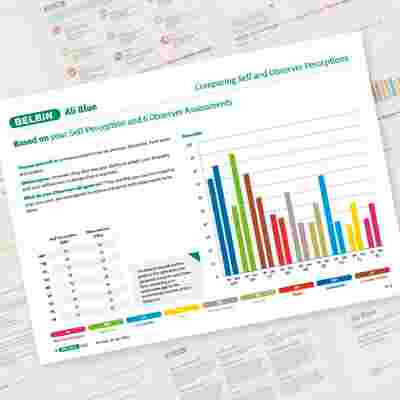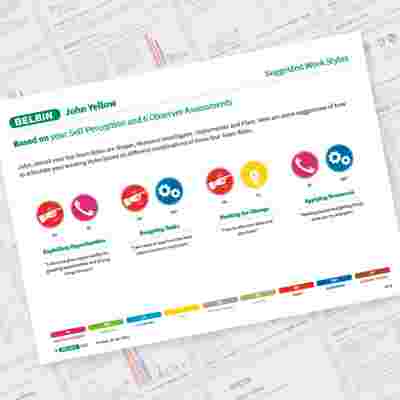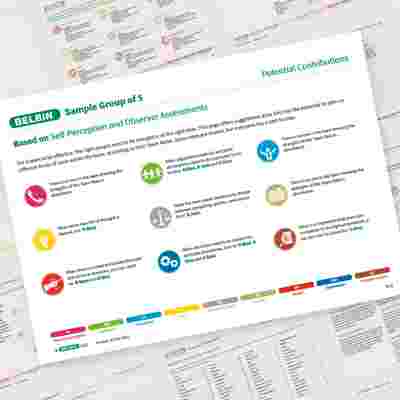Belbin leadership: strengths-based, context-driven interventions towards authentic, purposeful leadership.
At Belbin, we empower leaders to lead authentically, according to their strengths.
Belbin theory states that if you understand how you contribute to a team, you can develop your leadership skills and strengths, and manage your weaknesses.
CEOs and team leaders worldwide use Belbin theory and practice to boost their leadership skills.
They become more effective, aware leaders, who use those skills purposefully and within the context of their team.














